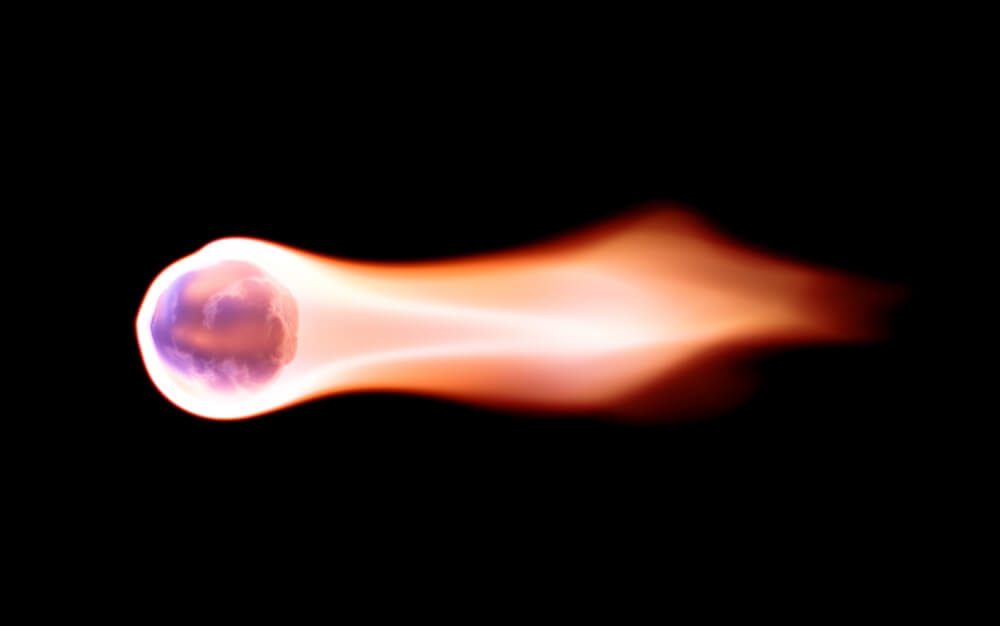This is according to a study conducted by NASA by placing cameras throughout the southern United States that recorded strong meteor activity on normal nights and on nights of meteor showers

Astronomy enthusiasts are going out tonight and tomorrow night to watch the biggest and most beautiful meteor shower of the year - the Perseids. From Eilat, through the Mitzpe Ramon observatory, the Mount of Pilots near Jerusalem and countless other improvised sites throughout the country have become astronomical observation points, when the expectation is over a hundred meteors per hour during the meter's peak hours, and such a long meter has several records. On average, the light intensity of the Perseid is minus 2.7, while the fireballs of the Ganymedes only reach a brightness of minus 2. The peak is expected on the nights of August 12 and 13 and it would be best to watch the sky between 22:30 PM and 04:30 AM.
In astronomy there is no more beautiful experience than a bright meteor piercing the starry dome of a moonless sky. The unexpected flash of light adds to the magical touch of a routine walk under the stars. A new study has revealed the most wonderful night of all.
"We found that the meteor shower with the greatest chance of encountering fireballs is the Perseid shower that peaks on August 12 and 13." This is what Bill Cook of NASA's meteorite office says, whose department operates a network of cameras scattered throughout the southern US and monitoring the activity of fireballs - particularly bright meteors since 2008. So far, the network has collected a database containing analyzes of hundreds of events. The data shows that the fireball champion is the Perseid meteor.
A fireball is an extremely bright meteor, reaching at least the brightness of planets like Jupiter or Venus. Every night you can see several of them crossing the atmosphere. However, their number is increasing when the Earth passes through a stream of fragments left behind by a comet, as happens in the well-known meteor showers, including the Perseids in August.
As we have already reported in previous years, the Perseids are remnants of ice and dust left by Comet Sweet-Tuttle. The meteorites hit the atmosphere at a speed of 210 thousand km/h and create a celestial fireworks show.
According to Cook, the large number of fireballs is due to the size of the comet - which is 26 kilometers in diameter. The rest of the comet nuclei are much smaller. As a result, Comet Swift-Tuttle produces a large number of meteoroids, many of which are large enough to form fireballs.
On average, the light intensity of the Perseid is minus 2.7, while the fireballs of the Ganymedes only reach a brightness of minus 2. The peak is expected on the nights of August 12 and 13 and it would be best to watch the sky between 22:30 PM and 04:30 AM.
Before midnight the rate of meteors will be low and will increase as the night goes on. It will peak near sunrise when the Perseus constellation is high in the sky.
Of course, dozens of ordinary meteors can be observed on each fireball, as long as we stay away from the city lights. In the Perseid shower we should expect about a hundred meteors per hour.
